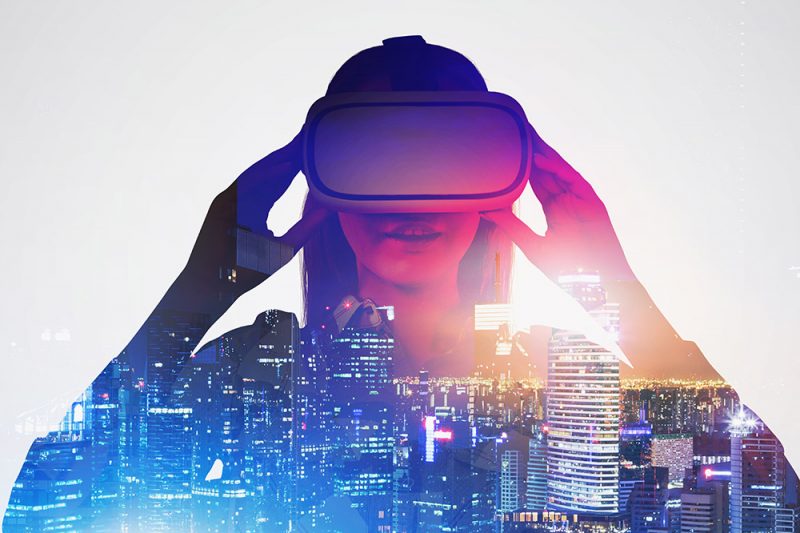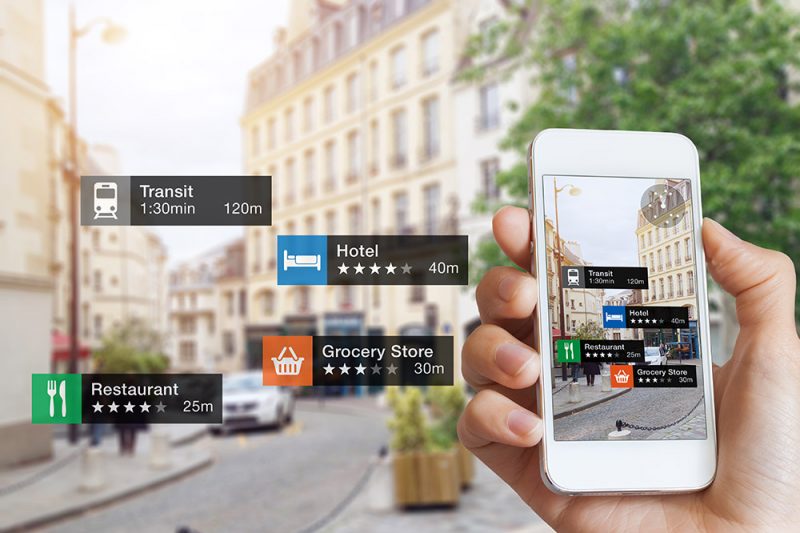MIDA Insights – Services

This site
is mobile
responsive

The two billion millennials, representing 25 per cent of the world’s population, are re-defining consumerisation. Based on a market research company, Growth from Knowledge (GfK) study found that 59 per cent of 20 to 29 years old and 57 per cent of 30 to 39 years olds agreed with the statement that “experiences are more important than possessions”. Millennials prefer to socialise in group engagement at a fraction of the cost instead of investing in personal highly expensive virtual reality applications such as Virtual Reality (VR) headsets and play stations. They are favourable to ‘immersion rooms’ that provide space and technology for a hyper-real, smooth journey into VR which cannot be achieved at home.
In catering to this evolving demand of millennials, businesses are already reviewing and transforming their product and service offerings through Augmented Reality (AR) and VR by emphasising on experiential offerings. Worldwide mall-based attractions are becoming the norm across America, Dubai, Europe and Asia, with experiential entertainment components surpassing the traditional boundaries between tourism, e-sports and entertainment industries.
In Malaysia, the Shopping Mall Association Malaysia (PPK) has acknowledged the potential of online platforms’ performance versus brick and mortar shops. With the growing trend of e-commerce and e-retailing, mall management and retailers aim to set themselves apart by embracing ‘experience creation’ that blends technology, interactivity, design, values and personalisation. By strategic utilisation of stories or concepts to connect with audiences, malls seek to stay relevant as top tourist pullers, more so in the excitement of Visit Malaysia Year 2020.
Experiential settings are being invented into “retailtainment” within mall spaces to draw visitors and tourists into VR, and AR themed parks and studios. The RIFT in Mid Valley Megamall and VAR LIVE in MyTown Shopping Centre, Kuala Lumpur are claimed to be the largest hybrid theme parks to date in Malaysia. These attractions showcase the best of virtual and augmented reality technology for fun-filled experiences with over 20 high-technology games attractions each, ranging from thrill rides, free-roaming terminators, laser battles, historical and treasure gateway, motor racing, dodge ball, river ride, puzzled maze, hurricane trap, shooting competition, haunting cabins and vibrated wall climbing.
Location-based entertainment of VR theme parks and museums are also in the rise as seen at VR Labs and Future Land Fun in Bandar Sunway, The Void in Genting Highlands, Pahang as well as the Trick Art/Eye/3D museums in Central Market, I-City- Shah Alam, Lebuh Penang, Johor Bahru City Square, Melaka Megamall and WeGrow Global’s pioneer project, Dinosaurs Encounter at the National Science Centre (PSN).
However, VR remains a very niche technology business with a high price barrier of entry due to the high cost of hardware necessary, such as powerful computers, sufficient space, quality sensors and VR helmets. Several Malaysian VR/AR pioneers have attested that particular hardware and content development are difficult to access. Thus, it is important to note that the highly selective offerings by VR entrepreneurs through the dedicated theme park and entertainment centres are dependent on the wave of global millennial tourists.
Apart from providing excellent growth opportunities for the tourism-retailtainment industry, the growing interest in VR and AR is also anticipated to create positive spillover effect for the education sector. Malaysian universities and technical colleges are looking to introduce dedicated courses to create unique VR/AR experiences and products.
Coding, games development and software engineering are some exciting education areas being explored and enhanced.
Additionally, VR/AR development studios and start-ups are also slowly leveraging Malaysia in technology investments. For example, local content developers, Putrajaya Media,have successfully crafted their own games content experiences and exported their offerings to Taiwan, Japan and China. As such, the Government, through the Malaysia Digital Economy Corporation (MDEC), has set up game incubators such as Level Up Inc. in Bangsar South and C03 Social Office in Puchong to offer budding enthusiasts and entrepreneurs to experiment hands-on with various VR and AR development kits.
Looking at how VR and AR have enhanced the tourism industry, the Malaysian Investment Development Authority (MIDA) continues to attract more local and foreign investors in this upcoming area. MIDA is assuming a bigger role in developing the ecosystem of the industry by driving VR and AR in the local entertainment and talent development (TVETs) scenes. Ultimately, this will be instrumental in attracting more tourist arrivals and receipts in Malaysia. Local talents, through education institutions or start-ups, can also go beyond Malaysia’s entertainment industry and be a big hit in the regional tourism market.
